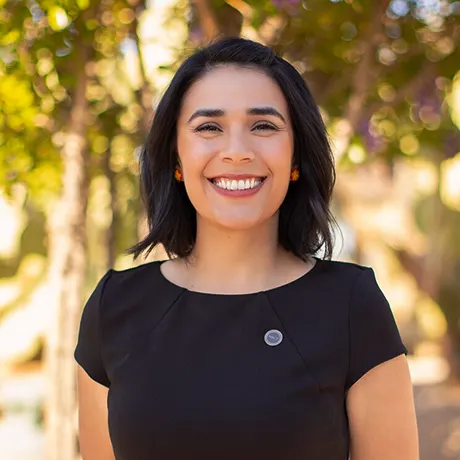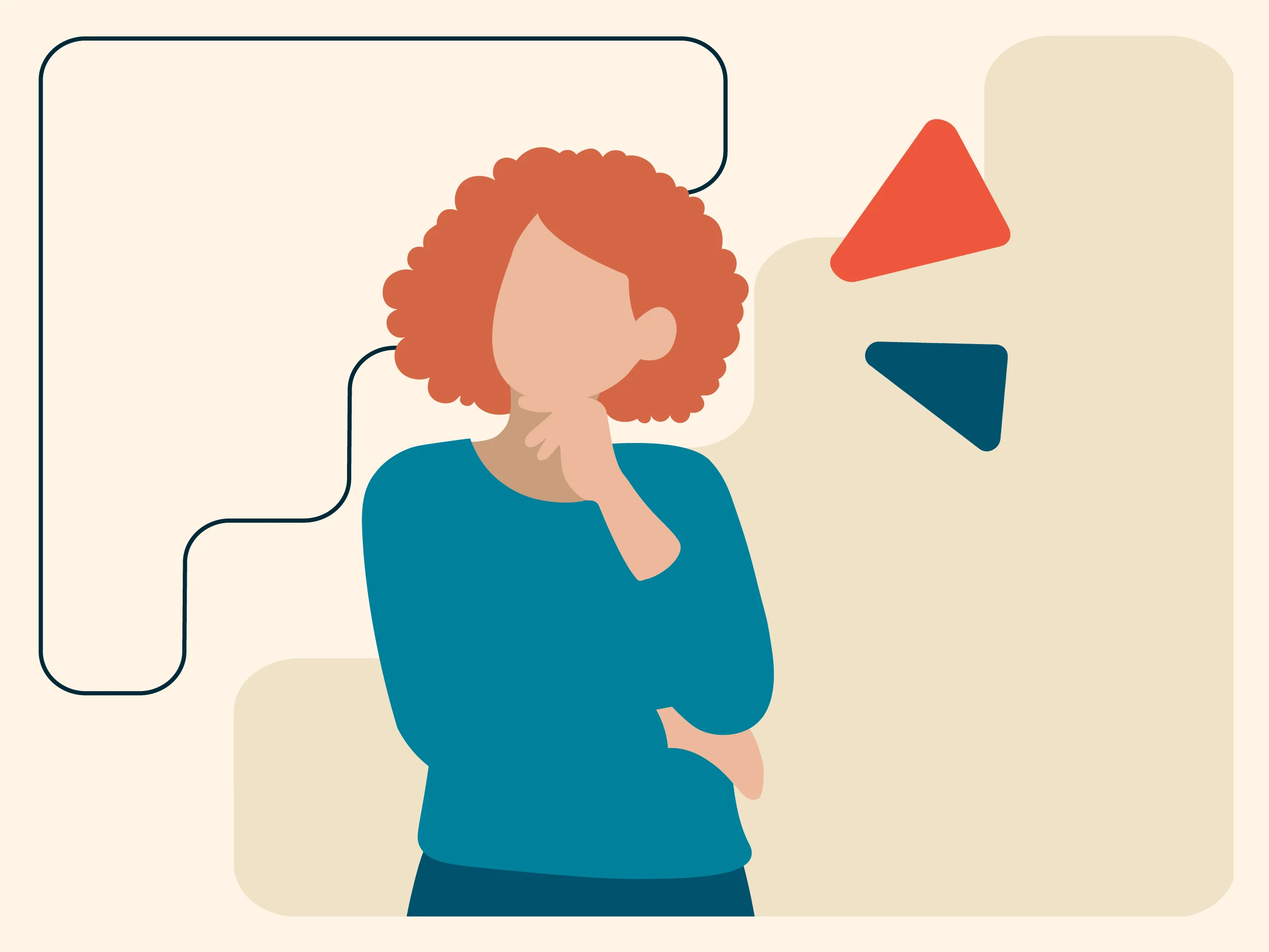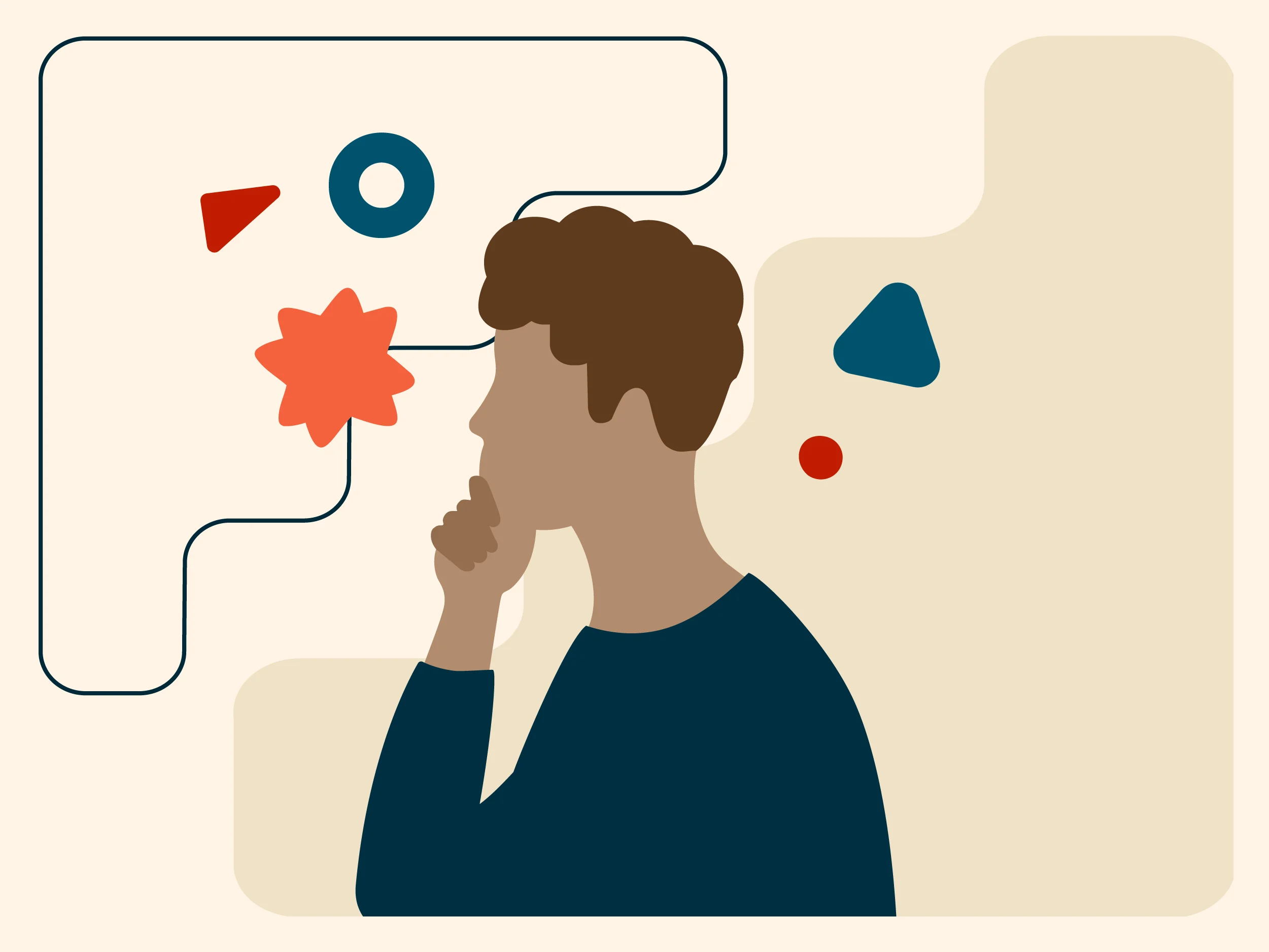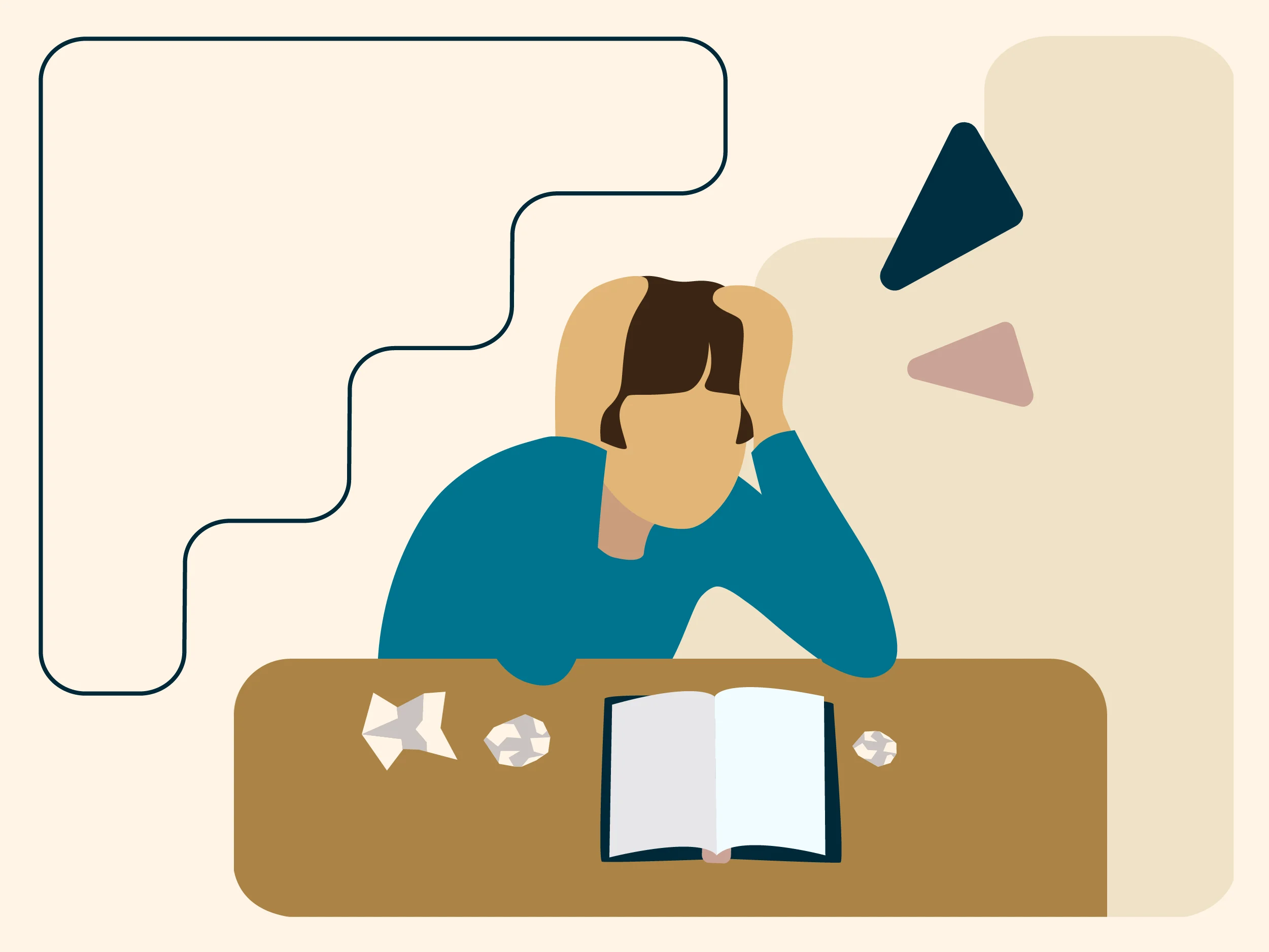IEPs: The difference between IEPs and 504 plans
Watch the episode, listen to the audio, or read the transcript.
Stay in the know
All our latest podcasts delivered right to your inbox.
The terms IEP and 504 plan may come up a lot when you’re looking into special education for your child. These school supports do some of the same things, but one can provide more services and the other is easier to get.
And it’s important to know the differences in order to get your child the support they need.
On this episode of Understood Explains, host Juliana Urtubey will break down the differences between IEPs and 504 plans, and which one might be right for your child.
Timestamps
[00:53] What is a 504 plan?
[02:16] What’s the difference between an IEP and a 504 plan?
[08:15] Can my child have an IEP and a 504 plan at the same time?
[09:36] Should my child switch from an IEP to a 504 plan?
[10:45] What do multilingual learners need to know about IEPs and 504 plans?
[11:58] Key takeaways
Related resources
The difference between IEPs and 504 plans (comparison chart)
10 smart responses for when the school cuts or denies services
Understood Explains, Season 1: Evaluations for Special Education
Episode transcript
Juliana: As you look into getting your child more support at school, you're likely to run into the terms IEP and 504 plan. They do some of those same things, but one has a lot more stuff and the other is a lot easier to get. On this episode of "Understood Explains," we explore how these plans are similar and how they're different, and which one might be right for your child.
From the Understood Podcast Network, this is "Understood Explains IEPs." Today we're going to learn about the differences between IEPs and 504 plans. My name is Juliana Urtubey, and I'm your host. I'm the 2021 National Teacher of the Year and I'm an expert in special education for multilingual learners. And speaking of languages, I want to make sure everyone knows all the episodes this season are available in English y en español. Let's get started.
[00:53] What is a 504 plan?
OK. So, what's a 504 plan? Before we get into the difference between an IEP and a 504 plan, I want to quickly explain what a 504 plan is. This is a tailored plan that removes barriers to learning for a student with disabilities. The goal is to give the student equal access to learning. To do this, a 504 plan often includes assistive technology, meaning things like screen readers, noise-canceling headphones, or speech-to-text software.
Many 504s also include accommodations, which are changes in the way things get done. A common example is getting extended time on tests or getting to leave the classroom to take short breaks. And the other thing I want to mention is that some 504 plans include services like speech therapy or study skill classes. This doesn't happen all that often, but services can be part of a 504. So, the basic components of a 504:
Assistive technology
Accommodations
Services
Right about now, you may be thinking that 504s sound a lot like IEPs, Individualized Education Programs. And you're right. These two plans have a lot in common and can provide a lot of the same supports. But there are some key differences. And that's what the whole next section is about.
[02:16] What’s the difference between an IEP and a 504 plan?
OK, so what's the difference between an IEP and a 504 plan? I'm going to focus on three key differences:
First, IEPs provide special education services. Students with IEPs may spend a lot of time in general education classrooms, but the heart of an IEP is the specially designed instruction to help a student catch up with their peers.
For example, a student with dyslexia might get specialized reading instruction a few times a week. The IEP also sets annual goals and monitors the student's progress towards reaching those goals. So the key thing here is that IEPs provide special education.
504s on the other hand, do not provide special education. There are no annual reports or progress monitoring with 504s. What 504s do is remove barriers to the general education curriculum.
So 504s can be good options for, say, a student with ADHD or written expression disorder, who doesn't need specialized instruction but does need accommodations, like sitting in a less distracting part of the classroom, or showing what you know in a different way, like giving an oral report instead of taking a written test.
To give you a more detailed example, I want to talk about a student of mine named Brian. He had a 504 plan to help accommodate his vision impairment. To make the plan, I talked to Brian about what he needed, and I worked with the school's assistive technology department to find some helpful tools. We learned that Brian had an easier time reading and writing when he used a slant board to help raise up the paper.
He also benefited from having what's called "augmented worksheets." Rather than having a bunch of math problems on one sheet of paper, Brian would get several sheets, so the problems were spread out and enlarged and he could see them better. With these supports, Brian could do all the work on his own. And to create his 504, a school staff member wrote up the plan and included my suggestions for accommodations and assistive technology. And the only thing we needed to get started was his parents' consent.
And this brings me to the second big difference between IEPs and 504s. They're covered by different laws, and IEPs come with a lot more rights and protections than 504s do. So, for example, IEPs are covered by the federal special education law, which is called the Individuals with Disabilities Education Act, or IDEA. This law is very focused on education and one really important detail about IDEA is that it says parents are an equal member of the team that develops the IEP. But that's not true for 504s.
504 plans are covered by an important civil rights law called The Rehabilitation Act of 1973. This law bans discrimination against people with disabilities in several key areas. It has a big section about employment. It has a big section about technology, and it also has a big section about education. This is where the name "Section 504" comes from. So, IEPs and 504 laws are covered by different laws. And one difference between these laws is how much schools are required to involve parents.
With a 504 plan, parents don't have to be equal members of the team. Schools don't have to involve parents in creating this kind of plan. They just need a parent's consent before starting to use it. Although I want to mention that many schools encourage families to help create the 504 plan, schools aren't required to involve them.
There are also different rules about what schools need to do to make changes to these plans. With 504s, schools have to let parents know if a significant change is being made to the student's 504 plan. But the school doesn't have to send a written notice about this. With an IEP, schools have to send parents a letter and have a meeting with the full IEP team before they can change the IEP. And if parents want to dispute the changes, the school has to keep the current plan in place while the dispute gets resolved.
With either of these plans, families can ask to make changes, but families have more rights and protections with IEPs. We'll talk more about IEP rights and dispute resolution later this season.
There's a third big difference I want to mention. IEPs are harder to get than 504s. The process for determining who is eligible for an IEP takes more time and it involves more steps. Students need to have a disability to qualify for either plan, but to get an IEP, kids need to go through the school's comprehensive evaluation process. You can learn all about this process in season 1 of "Understood Explains."
OK, so kids need to be evaluated by the school to get an IEP. By contrast, kids don't need to get evaluated by the school to get a 504. This kind of plan is easier to get, but it's less likely to include specialized instruction. So for example, let's look at students with ADHD. The main thing they'd need to qualify for a 504 is a diagnosis from their health care provider. But to qualify for an IEP, those same students would still need to go through the full evaluation process through their school.
It's the same thing with dyslexia or depression or a hearing impairment or any type of disability. It's pretty quick to start getting accommodations and assistive technology through a 504. It takes longer to see if a child qualifies for an IEP. We're going to talk more about this later this season, but for now, I want to briefly mention the two eligibility requirements to qualify for an IEP. The evaluation team has to determine that you have a disability and that the disability impacts your education enough to need specially designed instruction.
OK, that's a lot of info, let's summarize quickly before we move on. 504 plans are meant to remove barriers in general education classrooms. IEPs provide specialized instruction. They take longer to get, but they come with more supports, including legal protections and annual goals.
[08:15] Can my child have an IEP and a 504 plan at the same time?
Can my child have an IEP and a 504 plan at the same time? Yes, it's technically possible to have both an IEP and a 504 plan, but it's unlikely your child would actually need both. That's because an IEP can include everything that's in a 504 plan and more. For example, if your child has speech impairment and ADHD, the IEP can include speech therapy as well as accommodations related to that ADHD, like reducing distractions in the classroom and helping your child get started on tasks.
There are, however, some situations where it might make sense to have both kinds of plans. For example, if a child has an IEP and gets a temporary injury, like a broken hand and needs some writing accommodations until it heals. Rather than going through the hassle of adding and removing those accommodations from an IEP, the school might choose to add them via a 504 plan.
Another example of when a school might use both an IEP and a 504 plan, is if the student has a medical condition that doesn't directly impact academics, like a peanut allergy. So, there are some special cases where both plans might be OK, but in general, if your child has an IEP, keep it to that single plan. It's easier for you and for teachers to manage just one plan instead of two.
[09:36] Should my child switch from an IEP to a 504 plan?
Should my child switch from an IEP to a 504? So, this happens a lot, and it's not necessarily a bad thing. Maybe your child has made a lot of progress and no longer needs specialized instruction. For example, let's say your child has dyslexia and their reading skills have improved, and now all they need are tools or accommodations. This can include extra time on tests and digital textbooks that can highlight the text as it's being read out loud.
Both of the supports could be covered in a 504, but if you think your child still needs specialized instruction, you can advocate to keep the IEP. We'll get into more specifics about this later in the season, but for now, I'll just put a link in the show notes to Understood's article on what to do if the school wants to reduce or remove your child's IEP services.
The other thing I want to mention is that it's possible to move from a 504 plan to an IEP, but your child will need to be evaluated by the school and it takes longer to qualify for an IEP. We have a whole episode coming up about deciding who qualifies for an IEP.
[10:45] What do multilingual learners need to know about IEPs and 504 plans?
There are two really important things that multilingual families need to know about IEPs and 504s:
First, getting your child an IEP or 504 plan does not put you or your family members at any greater risk of immigration enforcement. It's completely understandable that families with mixed immigration status might have concerns about getting formal supports at school, especially if it involves filling out paperwork with personal information.
But all students in the United States have a right to a free, appropriate public education, no matter their immigration status. Plus, schools are considered sensitive locations, which means immigration enforcement cannot take place there. I'm going to talk more about this in a later episode that is all about multilingual learners.
But for now, the one thing I want to mention is that formal supports in school, whether they're part of an IEP or a 504, should happen in addition to being taught English as an additional language. It's not an either or situation. You don't have to choose between disability support and language instruction. If your child needs both, your child can and should get both.
[11:58] Key takeaways
All right. That's all for this episode. But before we go, let's wrap up with some key takeaways.
504 plans are covered by a civil rights law that bans discrimination against people with disabilities.
504s remove barriers to general education.
IEPs are covered by special education law and provide specially designed instruction and services for kids with a qualifying disability.
Both plans can provide accommodations and assistive technology.
And last but not least, specialized instruction is a core feature of IEPs, but it's not very common in 504 plans.
That's it for this episode of "Understood Explains," tune in for the next episode on IEP myths.
You've been listening to "Understood Explains IEPs." This season was developed in partnership with UnidosUS, which is the nation's largest Hispanic civil rights and advocacy organization. Gracias, Unidos!
If you want to learn more about the topics we covered today, check out the show notes for this episode. We include more resources as well as links to anything we've mentioned in the episode. Understood is a nonprofit organization dedicated to helping people who learn and think differently discover their potential and thrive. Learn more at understood.org/mission.
Credits
Understood Explains IEPs was produced by Julie Rawe and Cody Nelson, with editing support by Daniella Tello-Garzon.
Video was produced by Calvin Knie and Christoph Manuel, with support from Denver Milord.
Mixing and music by Justin D. Wright.
Ilana Millner was our production director. Margie DeSantis provided editorial support, and Whitney Reynolds was our web producer.
For the Understood Podcast Network, Laura Key is our editorial director, Scott Cocchiere is our creative director, and Seth Melnick is our executive producer.
Special thanks to the team of expert advisors who helped shape this season: Shivohn Garcia, Claudia Rinaldi, and Julian Saavedra.
Host

Juliana Urtubey, NBCT, MA
is the 2021 National Teacher of the Year. As a special educator, she believes all kids have a right to be included and celebrated in what she calls a “joyous and just education.”
Latest episodes
Tell us what interests you
Stay in the know
All our latest podcasts delivered right to your inbox.









